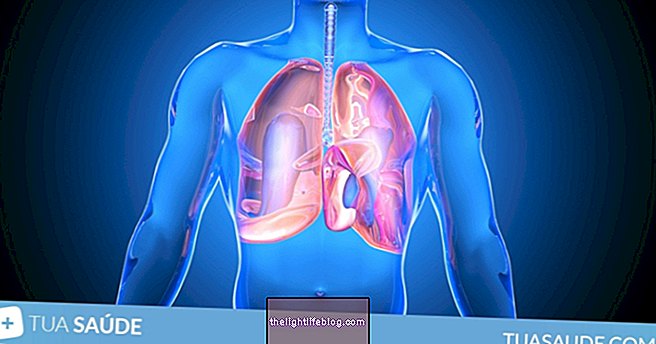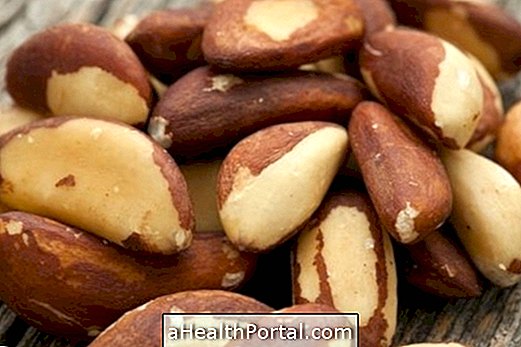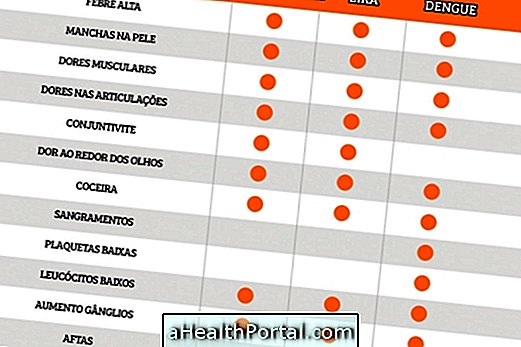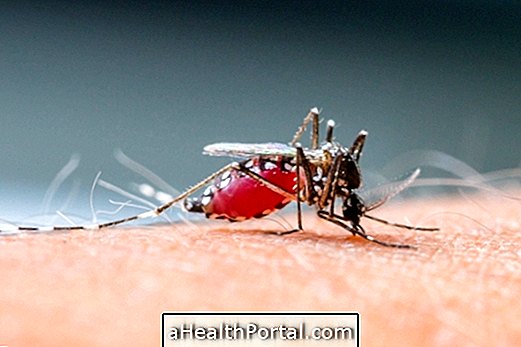Exercise-induced asthma is a type of asthma that arises after doing some vigorous physical activity, such as running or swimming, causing symptoms such as shortness of breath, wheezing, or dry coughing, for example.
Exercise-induced asthma usually begins about 6 to 8 minutes after the onset of intense exercise and tends to disappear after use of the asthma remedy or after 20 to 40 minutes of rest. However, in some cases, the asthma attack may also occur 4 to 10 hours after the end of the activity.
Exercise-induced asthma has no cure, but it can be controlled with the use of medicines and exercise to help prevent the onset of symptoms, allowing exercise and even military service.

Symptoms of Exercise-Induced Asthma
The main symptoms of exercise-induced asthma may be:
- Persistent dry cough;
- Wheezing;
- Feeling of shortness of breath;
- Pain or tightness in the chest;
- Excessive fatigue during exercise.
Typically, these symptoms may appear a few minutes after the onset of physical activity and last up to 30 minutes after exercise if no medication is used to reduce symptoms, such as the previously mentioned "asthma bombs" with corticosteroids. Look at the general symptoms of this disease.
What treatment?
Treatment for exercise-induced asthma should be guided by a pulmonologist or allergist and is usually done with medications that must be inhaled before exercise to avoid symptoms such as:
- Beta agonist medications, such as Albuterol or Levalbuterol: should be inhaled before doing any intense physical activity to open the airways and prevent the onset of asthma symptoms;
- Ipatropium bromide : is a remedy widely used by asthmatics to relax the airways and prevent the development of asthma during exercise.
In addition, your doctor may also prescribe other medicines to control asthma on a daily basis or when symptoms arise, such as corticosteroid pumps Budesonide or Fluticasone, for example, which over time may reduce the need to use medicines before exercise physicist.
Better exercises for those who have asthma

1 - Hiking
The walk for about 30 or 40 minutes a day improves blood circulation and cardiorespiratory activity, thus increasing the uptake of oxygen through the blood. To enjoy the exercise you should try hiking in the early morning or late afternoon, when the temperature is milder and the subject perspires less. On colder days of the year, walking on a treadmill indoors or in a gym is more appropriate because for some asthmatics the cold street air can make breathing difficult.
See what care you should take on walking in: Stretching exercises for walking.
2 - Cycling
Those who enjoy cycling can take advantage of this physical activity to strengthen their leg muscles. Initially it is recommended to walk slowly on a cycle lane with little movement to increase or decrease the risk as needed. However, riding a bicycle can cause neck pain in some people due to celim height and handlebars and so it is only recommended to ride a bicycle often if it does not cause any discomfort.
3 - Swimming
Swimming is a complete sport and helps increase the individual's breathing capacity because swimming breathing should be synchronized to increase exercise yield. However, if the asthmatic also has allergic rhinitis, pool chlorine can make breathing difficult, but this does not happen at all, so it is a matter of trying to see if there is any negative change in breathing. If this does not happen it is advisable to swim 30 minutes daily or do 1 hour of swimming 3 times a week to benefit from breathing.
4- Soccer
For those who already have a good physical conditioning, playing football occasionally is allowed, however this physical activity is more intense and may be more difficult for the asthmatic. However, with good physical conditioning, it is possible to play football weekly without going into an asthmatic crisis, but whenever the air is very cold, one should evaluate the possibility of doing other physical activity.
How to avoid asthma during exercise
Some important tips to avoid the asthmatic crisis triggered by physical activity include:
- Do a warm-up 15 minutes before starting exercise, with muscle stretching or walking, for example;
- Give preference to lighter physical activities that usually do not cause asthma attacks.
- Cover nose and mouth with a scarf or running mask on colder days;
- Try to inhale through the nose during exercise, and can breathe out through the mouth;
- Avoid exercising in places with many allergens, such as near traffic or in gardens during the spring.
To complement these tips and better control asthma attacks, it is also important to do at least 1-a-week breathing exercises in a physiotherapy office.























